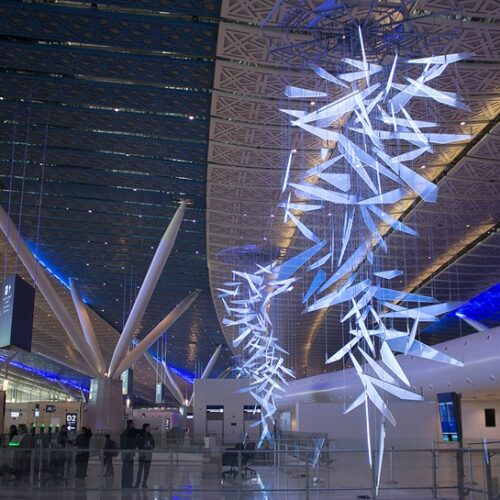
The Art of Invitation – Part 3
‘The Gathering’ 2018, repopulating a space in Romania left abandoned since the revolution in 1989
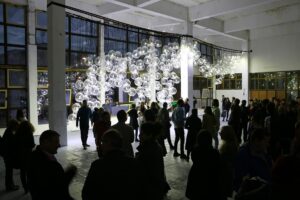
I learnt a lot from my conversations and brief collaboration with the late great Will Alsop. Most notably that not everything has to make sense – actions do not always have to be justified. Play is the beginning of creativity and it requires freedom of expression without boundaries. Playfulness connects most directly with the human condition because it defines a state in which the experience at that particular moment is what matters and the outcome is of little consequence. Children are masters of play because they are thinking only in the present and creating imagined scenarios without planning or thought of what comes next. In my own practice I value the playful thoughts (which precede making) and the whimsical musings (which follow making) as equally important to the work which was made.
I notice amongst my students a lot of conversation about categorising – or separating – art, design and craft; Almost as if we have to know where we fit and whether or not there is a hierarchy. This complicates my suggestion that actions should not always be justified and that freedom of expression is paramount. Too much time can be spent trying to define oneself and my own view is that creative practice is made up of five elements which are always present but exist in differing proportions. The balance of these five elements varies constantly (rather like sound frequencies) but all are present to some extent. No one can claim that they sit 100% in one of these categories because they are reliant on each other. Note that the definitions in my theory do not follow dictionary definitions; they have been arrived at via my ‘retrospective research’.
THE FIVE ELEMENTS OF CREATIVE PRACTICE
Art:
The imaginative and provocative expression of ideas and questions.
Communicates meaning (not necessarily in full).
Design:
The process of answering a brief by innovating.
Solves problems (not necessarily as directed).
Craft:
The hands-on construction of something using specific materials and techniques.
Makes stuff (not necessarily physical).
Theatre:
The performance or presentation of creativity.
Reveals what has been made (not necessarily dramatically).
Dreamspace:
The use of subconscious abstraction in addition to imaginative thought.
Personalises innovation (not necessary justifiable).
My favourite of these is dreamspace where one can find true abstraction and freedom from preconception. Imagination is based on thought whereas dreamspace is linked to the subconscious and can abstract ideas more effectively than conscious thought. A half conscious state between being awake and being asleep releases a heady mix of reality and unreality; this is the melting pot where inspirations gathered over many years churn together to become fantastical possibilities. This subconscious processing is brought into focus by the rationale of the other four elements. I refer to myself as an artist for the sake of simplicity; of the five definitions the most significant for me is ‘the imaginative and provocative expression of ideas and questions’.
The notion of play and avoiding the justification of something created was present in my early work as an investigation of what I called ‘planned unpredictability’. I consciously make space for outcomes which I cannot fully predict. I plan for the appearance of the unpredictable. My hypothesis is that if we have too much control over our work we deny it the opportunity to converse with us. In order to create a dialogue with our making we must build in areas of unpredictability. Work which is unpredictable will be either significant or insignificant, a triumph or disappointment, but…. it will not be mediocre. In art education this is usually called ‘risk taking’ and is the most valued form of experimentation based on finding the limits of an idea.
‘Immune Response’ 2019 – 2021 residency at the Babraham research institute studying molecular mechanisms

Since 2013 I have been sharing my projects and working with another artist to further blur the definitions of making and question who owns a ‘completed’ work. Collaboration is a very rewarding method of relinquishing control and listening to the views of others allows time for reflection on creative direction. So much creativity occurs through conversation that, in my case, the initial meeting with a client and the subsequent tennis game of ideas being hit back and forth between my business partner and I becomes the most dynamic moment of a project.
I have often reflected that portfolios are history whereas unrealised ideas are the future. It also follows that imagined works are as valid as completed projects. For this reason I prefer not to present or discuss a complete project but one which has room to grow, to move and to change its shape. I acknowledge that my creativity, my ideas and my projects are not linear and so cannot be presented chronologically. My experience is that presenting a process of investigation and collaboration results in art which has a genuine connection to people and to place. Here I return to my title for these three chapters and remember that the art of invitation involves fully understanding intentions and values but rarely planning what happens next.
Neil’s work can be seen at mussonretallick.com
‘Dawn’ 2019, Saudi Arabia, programmed light sequence on suspended blades reflecting the shapes of birds in flight and the movement of clouds drifting in relation to freedom
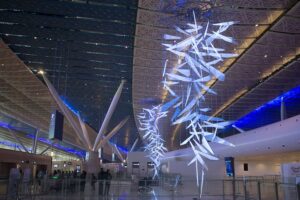
|
|




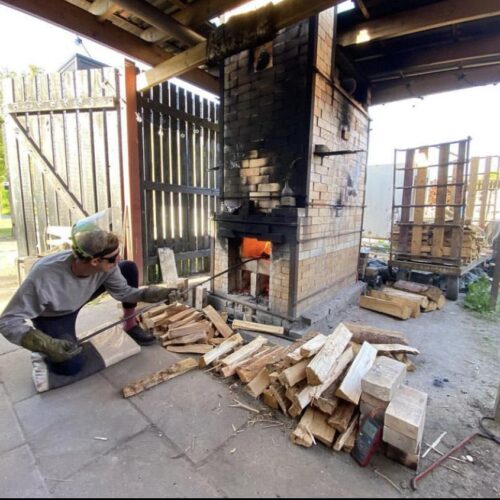
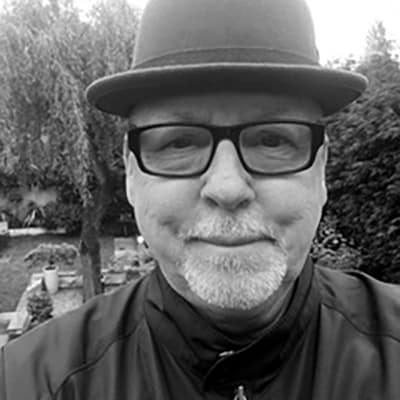
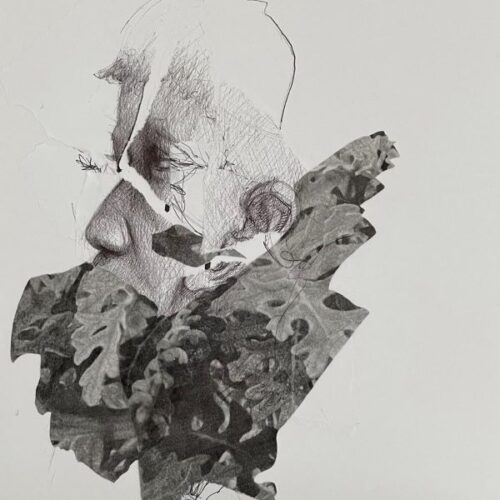
Three inspiring reads which have come at just the right time for me as I explore my creative process during a ‘stuck’ period. Thank you Neil.
We all have ‘stuck’ moments Catherine! Just keep making something – anything – and you will become unstuck. Neil
Wow, thank you Neil for sharing your experience, thoughts and ideas through these three posts. Very interesting and helpful. I am gonna put a note with “not everything has to make sense – actions do not always have to be justified. Play is the beginning of creativity and it requires freedom of expression without boundaries” on my studio wall. I need that reminder! Thank you!
I am glad you found this helpful Therese! Neil
These were really thought provoking posts thank you I really enjoyed them. It read like a story unfolding which I guess it is. I am interested in your preference for ‘ dreamspace’ Neil and how that sits alongside design when you are engaging with a client on a commissioned piece of work? You touch on that in your third post and it seems to be an exciting part of the process but I wondered if it can be constraining?
I am glad you enjoyed the posts Annette,
Dreamspace is the permission to make spontaneously without having processed an idea or formed a plan. Design, on the other hand, is a process of problem solving in relation to a specific brief or situation. The two work hand in hand (imagination with knowledge) and I do not find this constraining. In my case, when a client commissions a piece of work they are trusting me with the way in which the artwork evolves and I make this clear at the proposal stage. Consequently I retain the permission to dream! I hope that answers your question? Neil
Thank you Neil, just what I needed , good timing, I agree with your dreamscaping, it happened for me just the other day, I was somewhat embarrassed to mention it in my journal, so I underplayed it, in future shall share this with passion and no apology. I shall adapt your questions re space for my own practice, they seem universal to me.